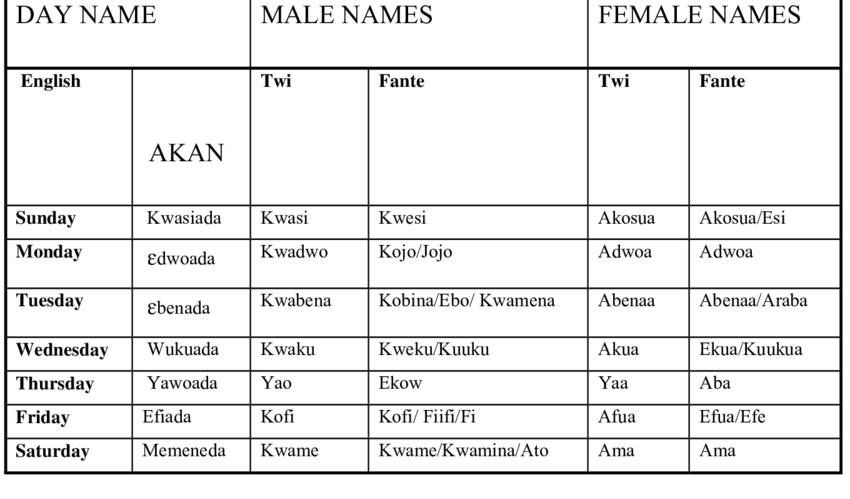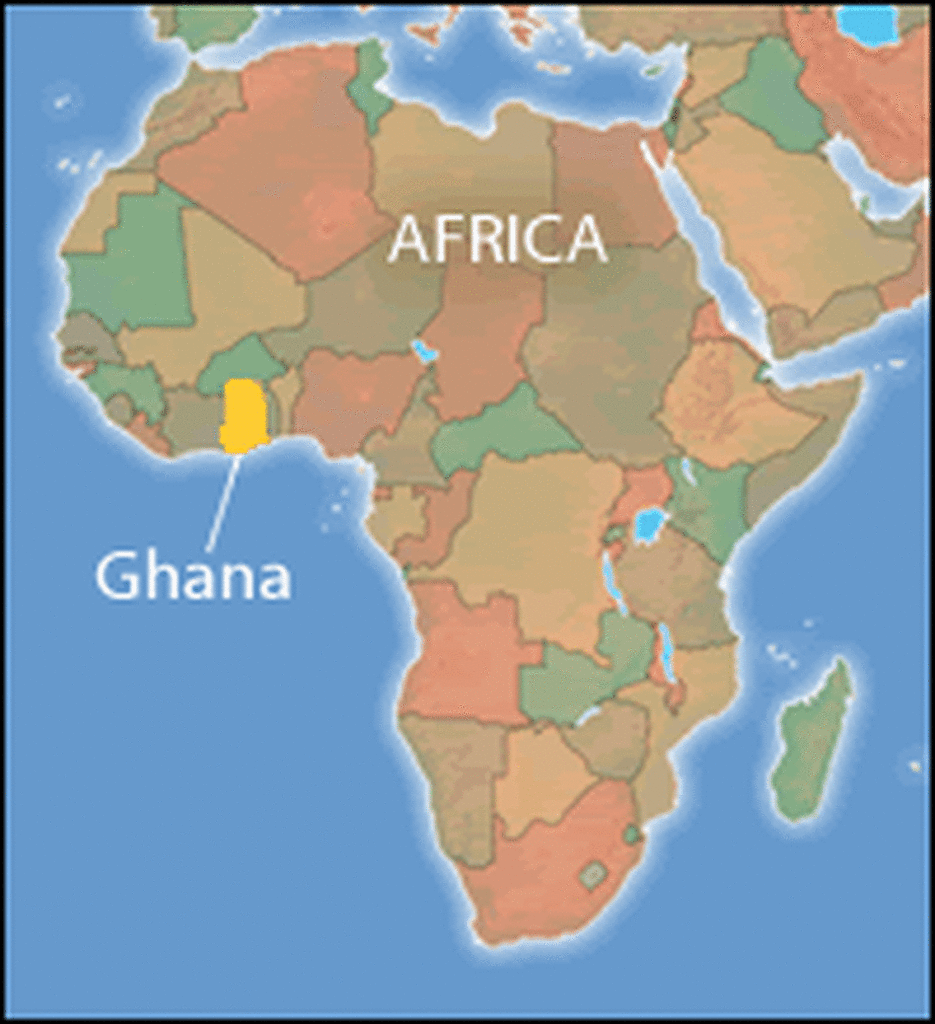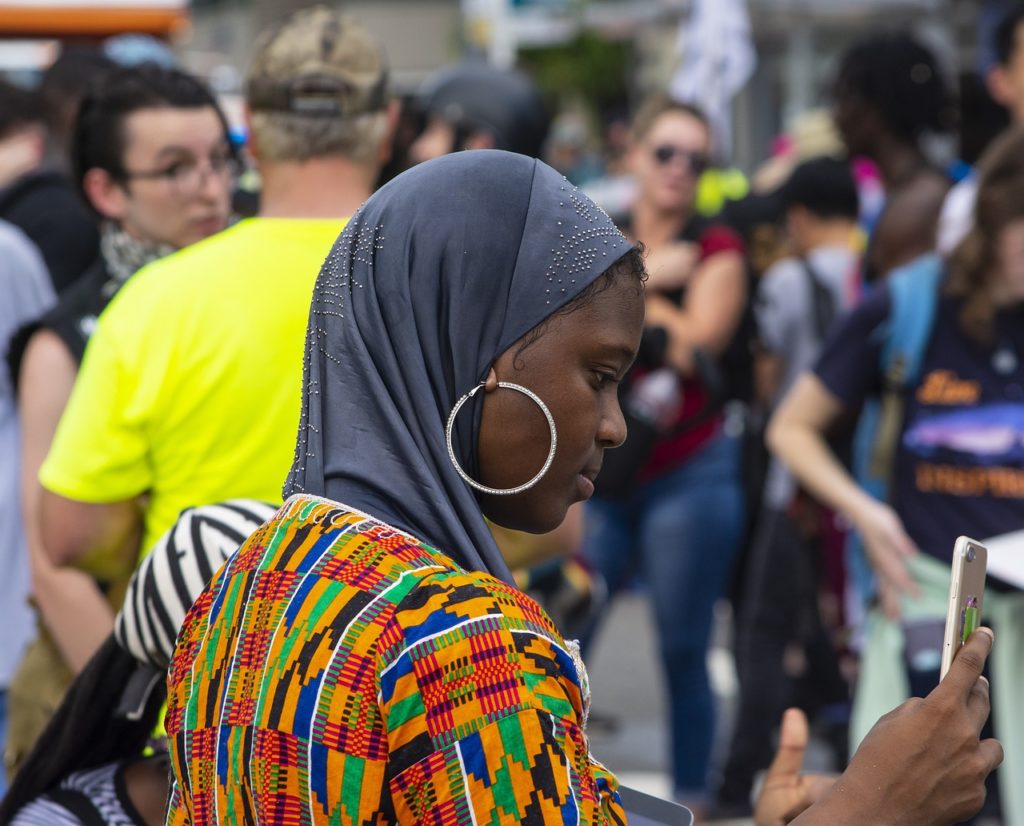Our Big Read 2023 season has officially started! If you haven’t seen this year’s selection yet, visit our Big Read website and check them out! We have loved hearing feedback from the community on everyone’s thoughts so far, and we are excited to hear more from you all. Hopefully, you have gotten your hands on a copy of one of the books and have had the opportunity to start reading.
Being both a secondary English education major and a secondary history education minor, I was super excited to start Homegoing and dive more into some stories from these different sections in history. However, as I was reading, a couple of things came up on the historical or cultural side of things that I didn’t know much about. If you are having some similar experiences, don’t worry! This summer, I will focus on each pair in each generation and give you some more background or some cool resources for you to check out. I hope you will find these extra pieces as interesting as I do!
This week I want to focus on Effia and Esi, back in 18th century Ghana. If you haven’t had time to read the first two stories, I will try my hardest to avoid too many spoilers. Feel free to read this blog beforehand to go in with some knowledge, or check back here when you have finished those sections for a deeper look into what you just read.
The Akan People
In these first two stories, we meet characters from the Akan people, who lived in modern-day Ghana, parts of the Ivory Coast, and Togo in West Africa. While the exact history of the Akan people is hard to trace from the beginning, most experts believe that they migrated from the Sahel region and savannas of West Africa. Most of our written history of the Akan people comes from Europeans from the 15th to the 19th centuries when these nations began to trade with various countries. Throughout Homegoing, we will see stories from two Akan groups, the Fante and the Asante.
The Fante (or Fanti) people lived closer to the coast and were the ones who decided what groups could or couldn’t trade due to their trade routes. This power allowed them to prosper by establishing trade between inner Akan groups and Britain and the Netherlands.
The Asante people lived further inland but were very successful trading with the European countries due to their large gold mining industry and powerful military.
The Power of Names
Homegoing uses the name “Asante,” but they are also well known by the name “Ashanti,” which came from British reports where they transcribed different aspects and words as they heard and understood them. The name “Asante” comes from the Twi words ɔsa and nti, which together mean “because of war.” This is a nod to the history of how they became an empire when they rose up and fought against another tribe that had power over them.
Another interesting aspect of names in the Akan tradition is day names. If you visit present-day Ghana, you will still hear people using day names, as it is a tradition that the Akan culture has passed down. Many of the characters at the beginning of this book have common Ghanaian day names, which is another nod to their culture which you may not have noticed.

If you want to read more about day names, check out this article, “The Ghanaian Tradition of Day Names and Everything You Need to Know About it.”
Anansi Myths
If you have had the chance to read the Anansi myths in an English class (or had the opportunity to take Mrs. Behrendt’s Mythology class at Holland High), then you might have been excited to see an Anansi story mentioned in this section. Anansi is a West African god who takes the form of a spider to teach young generations. He is a “trickster” god who uses his cunning to get what he wants. The Akan people created Anansi folktales and spread them throughout West Africa. The stories are often used to explain why something is the way it is or teach children a moral lesson. In Homegoing, a story of Anansi and the kente cloth is told, and this story is an example of how Akan culture is intermixed into this mythology. If you are interested in hearing another quick Anansi story, check out this one below!
Hopefully you learned something new about the Akan people and their culture! If you come across something that you think we could dive deeper into together, let me know by leaving a comment. Happy reading!





Great post! Anansi stories are so cool – they really help to understand Akan culture better. Loved how Anansi and the kente cloth was used in Homegoing.
Excited to check out more Anansi stories, they’re always full of clever tricks and lessons. Keep sharing, I’m learning a lot!
You said: “If you come across something that you think we could dive deeper into together, let me know”. So I added the website where there is more about Anansi as the “website” in the box provided.